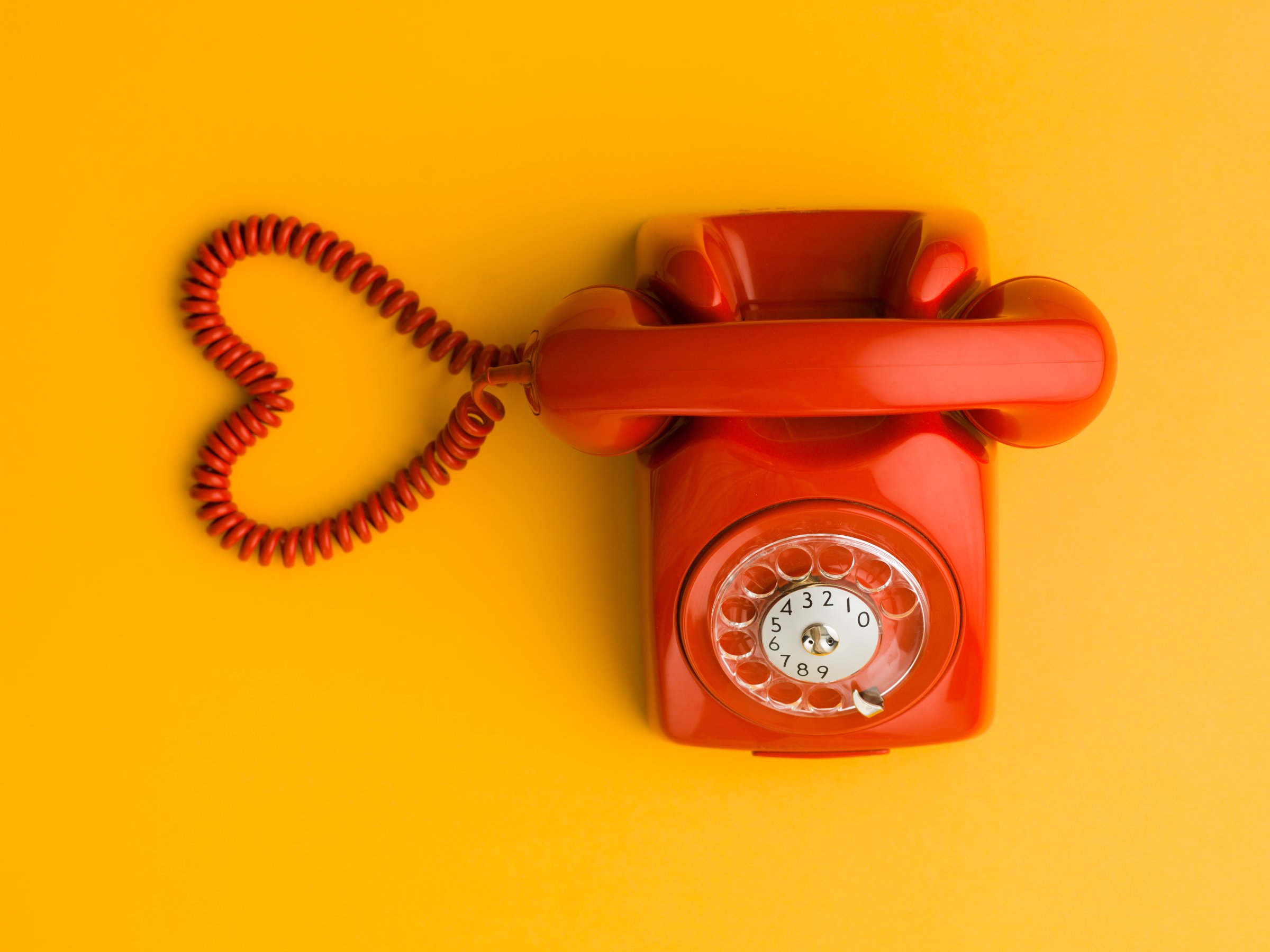
The results of Motto’s “Is it a date or not?” quiz are in, and thanks to the 92,000 responses we received, we were able to build a formula to predict when a hangout is perceived as a date. The above calculator applies that model to thousands of possible situations. We’ve written an article on the findings of the quiz, but here are a few key takeaways:
The friend effect
Invitations to or from a “friend of a friend” are mostly likely to be perceived as a date, all else being equal. Invitations from a friend, meanwhile, are the least likely to be considered dates.
Gender and age play a role
In most cases, straight men are at least 5% more likely than women of any orientation to consider something a date. Gay men are 4% less likely to consider anything a date. People age 30 or younger are 3% more likely to consider anything a date.
Dinner usually means a date
Dinner telegraphs “date” better than any other meal, followed by a drink. This is less true in both cases if the day is Sunday.
The best way to ask
Asking someone out in person adds a modest boost to the odds that the person being asked will consider it a date. Emailing, meanwhile, slightly detracts from the odds.
How to see an ex
If you’re meeting with an ex-boyfriend or an ex-girlfriend, coffee and lunch are the safest options to signal that you’re not interested in getting back together.
More Must-Reads from TIME
- Donald Trump Is TIME's 2024 Person of the Year
- Why We Chose Trump as Person of the Year
- Is Intermittent Fasting Good or Bad for You?
- The 100 Must-Read Books of 2024
- The 20 Best Christmas TV Episodes
- Column: If Optimism Feels Ridiculous Now, Try Hope
- The Future of Climate Action Is Trade Policy
- Merle Bombardieri Is Helping People Make the Baby Decision
Write to Chris Wilson at chris.wilson@time.com